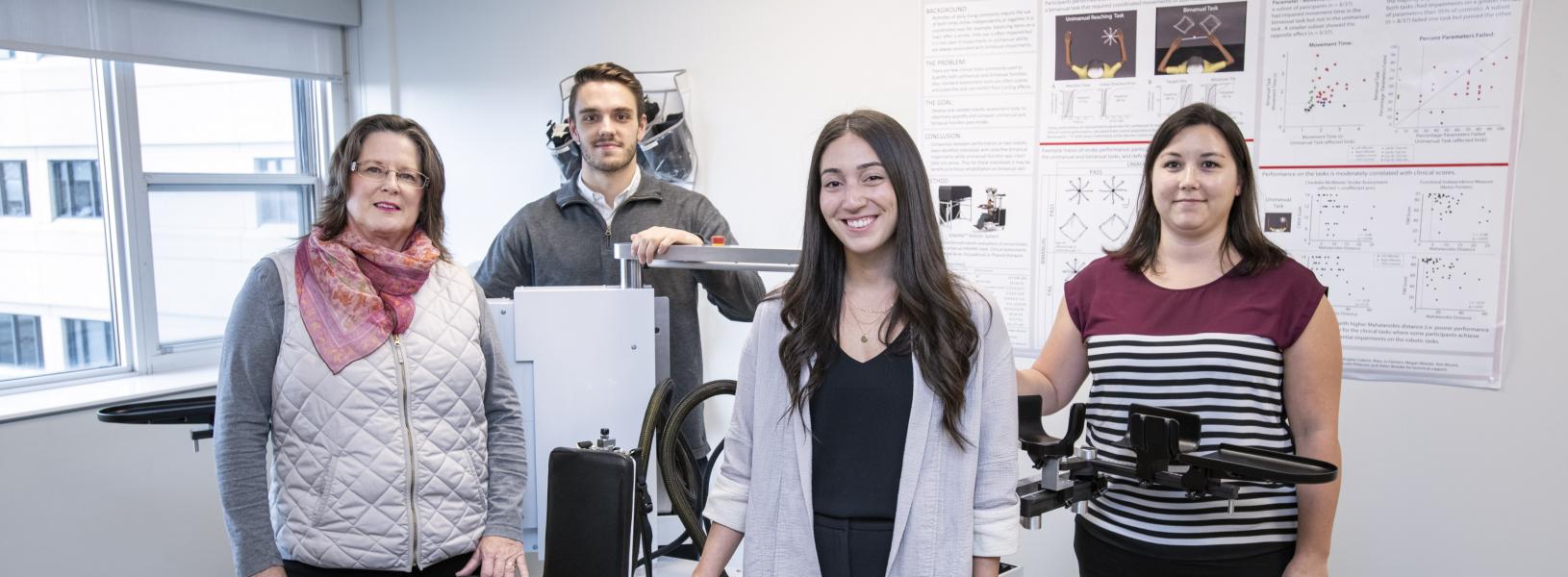Two recent Queen’s grads are addressing a problem that has plagued clinical researchers for years – how to make it easy and convenient for members of the public to get involved in research. Luc Pelletier, (Kin’19) and Brooke Resendes (Comp’19) are the co-founders of Research Stream, an online platform that aims to connect the two groups.
At least 80 per cent of research studies are delayed or cancelled because finding participants is not successful, says Pelletier, noting that the traditional methods of ads and posters are expensive, time-consuming, and hard to quantify.
“Until now, there was no streamlined way for patients and other people to get involved in clinical research studies,” he says.
So Pelletier and Resendes did their own research, connecting with more than 100 researchers and dozens of research participants to test out their idea.“Participants told us they want something online – they go online to book other things, so why not research?” Pelletier says.
How it works
Research groups post summaries of their projects, including who’s doing them, details of the study, and who’s eligible. People can scan the studies and connect with a researcher by registering on the site. Research studies must have research ethics approval before they can be posted.
“It was so easy to do,” says participant Susan Robertson, who was new to the idea of engaging in research. “It provided me with enough information to help me make the decision to take part. The email form is short and simple, and within a day I got an email from the researcher.”
So far she’s taken part in two studies at Kingston Health Sciences Centre. One study, in which she participated as a “healthy subject,” was to test her coordination and reaction time using her eyes, hands, and arms in the Kinarm robotic system.
Simone Appaqaq, research assistant at the Kingston Health Sciences Centre’s Kinarm Lab works with research participant Susan Robertson. The study tested her coordination and reaction time using her eyes, hands, and arms in the Kinarm robotic system. Photo: Matthew Manor
While research studies often look at individuals with specific conditions or diseases, people without those conditions are also crucial to the research process. They provide the “healthy” baseline data that researchers need for comparison purposes when studying a health disorder.
Robertson does it because she’s interested in research. “I feel like I’m helping, and I think it will enable me to better understand my own health,” she says.
Research Stream currently works with researchers at Queen’s and its affiliated hospitals, but eventually, hope to expand to institutions across Canada.
Research Stream has been supported by Queen’s Partnerships and Innovation, the Dunin-Deshpande Queen’s Innovation Centre, and the Centre for Advanced Computing.


